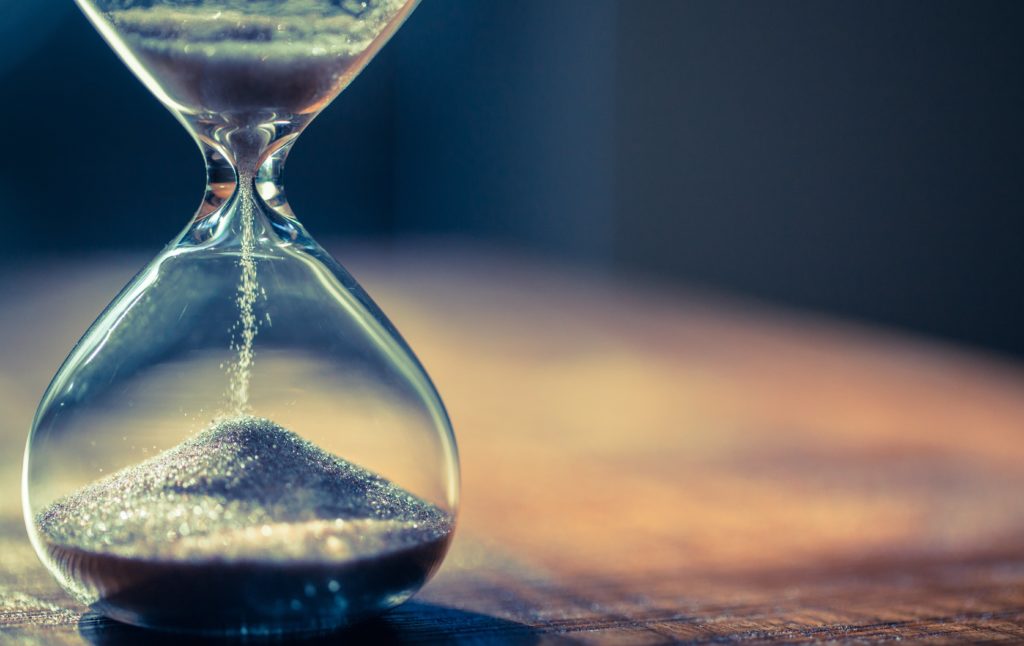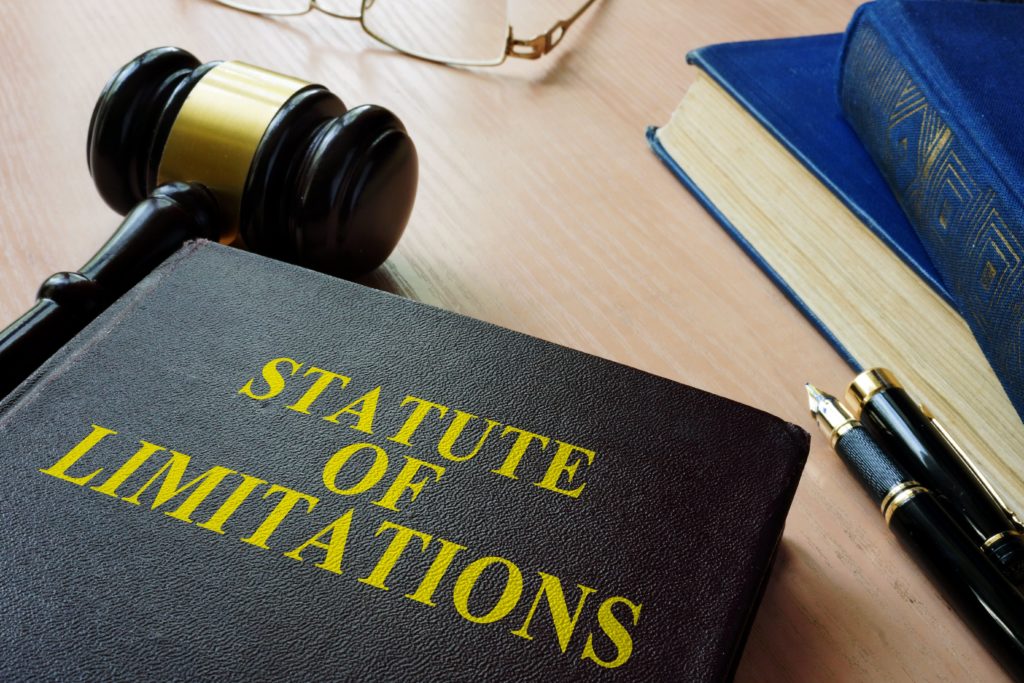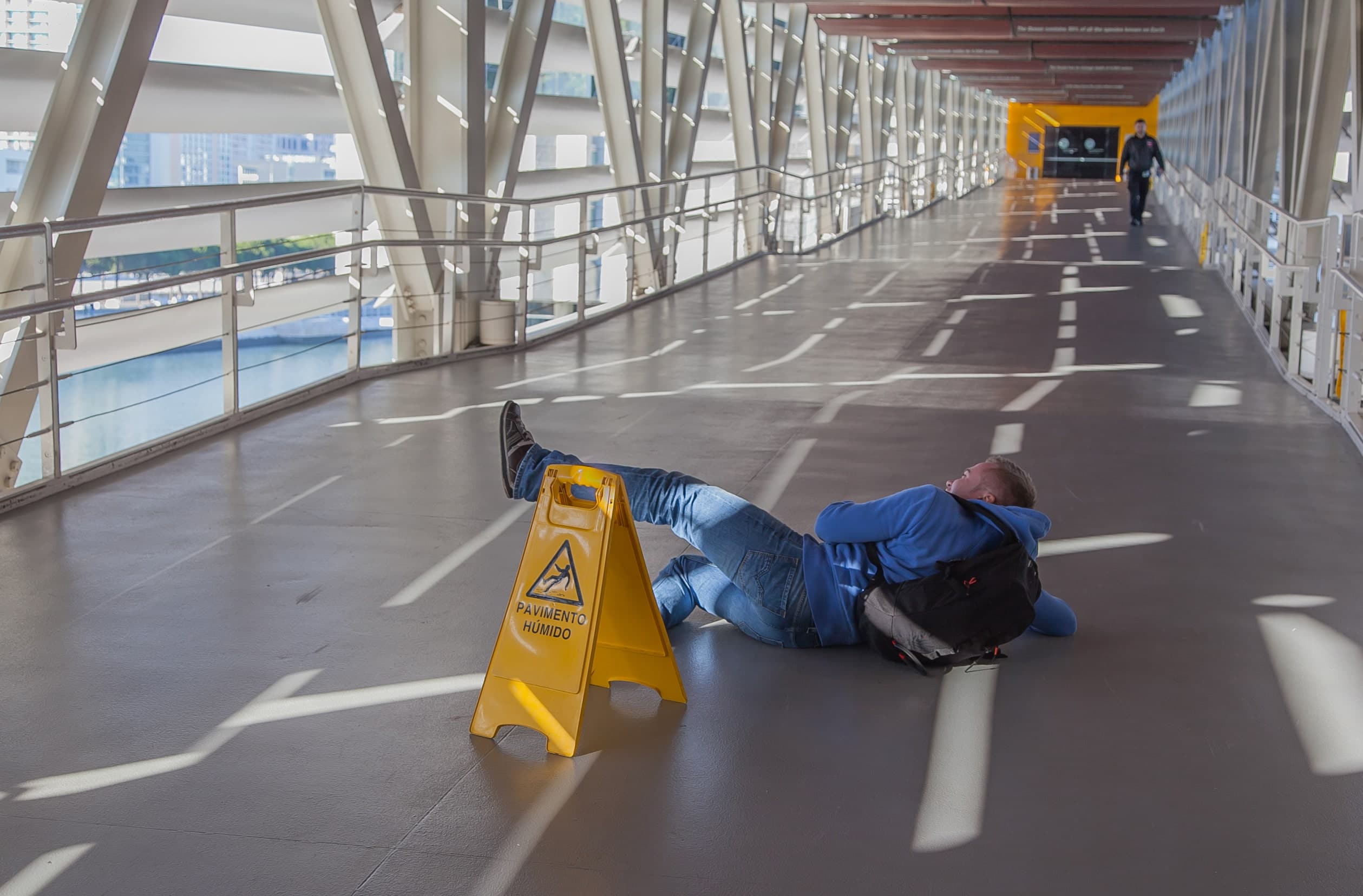If you’ve been injured by a slip and fall accident occurring on someone else’s property, you may wish to seek compensation. One of the first questions that will come to mind is, how long do slip and fall settlements take? Whether caused by a wet floor, unsafe staircase, or misplaced obstacle, many factors can lead to a slip and fall accident.
If injured on someone else’s property, you could be entitled to monetary damages. Typically, both the injured and responsible parties prefer settling out of court rather than through a trial. While the settlement process is faster, it does not happen right away.
A slip and fall attorney will understand your rights as a citizen and can represent your case, so you receive the damages you deserve.
Slip and fall accidents are responsible for eight million hospital visits each year, making them the number one reason for going to the emergency room. They can lead to numerous injuries that take a long time to heal, including broken bones, muscle tears, and torn ligaments, among others. According to slip and fall research, fractures pose the most serious consequences, occurring in 5% of those who fall.
Some slip and fall injuries result in job loss, a reduction in earning potential, and permanent disability. All these situations could significantly impact your life, leading you to file a lawsuit against the responsible party.
The TimeLine
The first step to take if you have sustained an injury after a slip and fall accident is to seek medical care. Emergency room doctors or your physician can determine the extent of your injury and help you find the best means of recovery.
Minor injuries may require very little medical care and likely won’t take much time to heal. Serious injuries may require surgery, extensive rehabilitation, and multiple visits to more than one doctor over an extended period.
Immediately following the accident, gather as much information as you can to use as evidence. If possible, take pictures of the conditions of the accident and the surrounding area. If you are unable to do this yourself, ask someone to do it for you.
Obtain contact information from any people who witnessed the accident. If it occurred at a place of business or property with security cameras, inquire about surveillance footage.
The next step is to contact a personal injury attorney who handles slip and fall claims. The attorney may be able to help you collect even more evidence for your case.

File A Complaint & Summons
Next, you’ll need to file a complaint and summons. A complaint is an official document describing the nature of your claim. It will be prepared by your attorney and seeks to inform the defendant of your claim.
A complaint states the parties involved, describes what occurred, outlines who is responsible, and the amount of money you are requesting as a settlement. Gathering all this information can take time, but it’s a crucial part of your suit.
The claim is filed in the court where the settlement or trial will take place. It is then served to the defendant, along with a summons, which is an order to reply within a specific period. Next, you will wait for an answer from the defendant.
This answer will not contain evidence or details regarding your claim. Instead, it will admit or deny the allegations. If the defendant feels the complaint doesn’t contain enough information, the answer may state there is insufficient evidence to admit or deny.
The answer also includes affirmative defenses and legal doctrines that may reduce liability, but only if the defendant can approve they apply.
The defendant may be able to extend the waiting period before submitting the answer, which is typically days. An additional 20 days may be allowed if needed. If an extension is granted, the defendant will use that time to prepare a response, research defenses, and secure an attorney.
The plaintiff then sends a demand letter in response to the defendant’s answer. The purpose of this letter is to state the requirements for resolving the case. Each demand should be justified by the law. The demand letter may be followed by a response and attempts to negotiate.
The Pre-Trial Discovery
The next stage is the pre-trial discovery. During this phase, both the plaintiff and defendant gather evidence, conduct research, and learn all they can about what actually occurred. Interrogatories may be part of this process and can require both parties to answer questions under oath in writing.
Experts such as doctors are sometimes brought in to provide insight into what happened and why. This can also show how the accident could have been prevented. Witnesses are also contacted during the discovery phase. Preparing a strong case will give you a better chance of winning, so be patient and use your time wisely.
The Mediation And Settlement
Next, come mediation and settlement. The objective for both the plaintiff and defendant is typically to resolve the lawsuit without bringing it to trial. Mediation can take place between both attorneys or parties and is usually consensual.
Settlement meetings can occur in the same way, though sometimes the court orders them. Also, a mediator manages a mediation, and a judge conducts the settlement meeting.
If mediation doesn’t work, the case may go to trial where a jury will decide whether the defendant’s negligence caused the accident. If the plaintiff wins, a designated sum of money will be awarded to be paid out within a specified amount of time.
If you aren’t paid during this time, your attorney may force collection. Either party has the right to appeal to a higher court if dissatisfied with the verdict, which will lengthen proceedings even more.
Statute of Limitations
The statute of limitations is the amount of time you must file a lawsuit. Should you wish to file a suit after a slip and fall accident, be sure it is within the specified timeframe.
Generally, the statute of limitations for a slip and fall suit is two years from the date the accident occurred. This date can be extended in certain situations.

Factors That Affect the Settlement Timeline
A slip and fall case can take anywhere from a few months to a few years, depending on the exact circumstances surrounding the lawsuit. After the injury and subsequent medical treatment, you’ll want to discuss the situation with a personal injury attorney to see if you have a case.
You can then file a lawsuit against the defendant, which begins the legal process. The main goal in this suit is to maximize available recovery in the shortest possible time. Certain factors affect this process.
You must first establish the defendant is liable for your accident, but admitting fault doesn’t always happen quickly. You and your attorney are responsible for demonstrating the defendant is at fault by establishing negligence, then proving it led to your accident.
For example, if you slipped on a spill that just occurred, the business may not be held liable because they wouldn’t have had enough time to clean it up. If, on the other hand, you fell through a flight of stairs that weren’t properly reinforced, the issue of negligence could be more easily proven.
Cases that are complicated to prove can add weeks or even months to the process. Each party’s attorney must collect and present evidence, retain experts if necessary, and dispute fault. A court process may be necessary for collecting evidence, and motion rulings on certain issues may also be filed.
The longer the case is tied up in court proceedings, the more time it will take to settle. Determining damages will affect the timeframe as well.
Parties often disagree on the amount of damage caused by an accident. Arguing about and settling on an exact amount can make up any negotiations.
Experts such as medical professionals and financial advisors may be retained by both parties to help determine certain information. This includes the severity and duration of an injury, as well as lost wages or lost opportunities due to the injury sustained. Negotiating heavy damages can add months to this process.
Example of Lost Wages and Opportunities
The answer to the question of how long do slip and fall settlements take can vary widely depending on the plaintiff’s employment circumstances. For example, Jessica is a waitress who only gets paid for the time she works. While browsing a quaint little shop during her day off, she trips on an uneven floorboard and injures her knee, which immediately begins to swell. Another customer sees Jessica’s fall, stops to help, and takes pictures of the uneven floorboard that caused the accident.
Jessica asks for the fellow customer’s contact information so she can serve as a witness if needed.
A visit to the hospital reveals significant bruising, but the attending physician urges Jessica to seek further medical testing to detect what a regular x-ray can’t.
Jessica is referred to an orthopedic doctor who orders an MRI. This test reveals a torn ligament, which will require surgery to repair. After the operation, she is required to stay off her feet for six months, and undergo physical therapy for several months.
Jessica’s job requires her to stand and walk for long periods of time, often eight to ten hours a day. While off her feet, she won’t be able to work, which will result in lost wages. Since waitressing is her means of earning a living, she may also miss out on other possible employment opportunities, forcing her to file unemployment. Since Jessica’s rehabilitation therapy may be extensive, determining the exact recovery time will be difficult.
Once a settlement offer is accepted, Jessica can no longer negotiate, even if she wishes to seek further damages due to additional medical care or loss of wages. Because of this, her attorney could choose to wait until her condition stabilizes before proceeding.
Jessica had the forethought to gathering important information when the accident took place, which can be used as evidence in her case. She will, however, be responsible for proving the shop owner was negligent by not repairing the uneven floor.
What Constitutes Negligence?
A defendant may be considered negligent for a slip and fall injury if he or she:
- Knows of a hazardous condition on a property they control or own
- Should have known of a hazardous condition or exercised reasonable care to prevent it
- Fails to warn against, repair, or provide protection from a hazardous condition
Common Slip and Fall Causes
Common causes of slip and fall accidents include:
- Spills
- Plumbing leaks
- Wet floors due to mopping
- Uneven floors
- Loose carpeting
- Broken or absent railings
- Uncovered cords and cables
- Failure to post hazard notification signs
Proving Liability
California law requires residents who own, lease, control or occupy the property to protect others from known injury hazards while on the premises. Parent companies or insurers may also be liable for paying slip and fall damages.
There can be more than one responsible party in the event of such an accident. For example, while visiting a hotel nightclub, Pete slips and falls, sustaining a back injury. Responsible parties might include the hotel, their parent company, the nightclub owner, insurers, and maybe even employees of the hotel or nightclub. Who is responsible will depend on the circumstances surrounding what caused the fall.
Negligence can be proven by video surveillance footage, statements from witnesses who saw the accident happen, and any other evidence that shows the accident occurring or what led up to it.
Finding A Slip & Fall Attorney In Oakland
If you are injured in a slip and fall accident, consider that most slip and fall cases are settled out of court. Keep in mind each case is different, so the exact timeframe and set of circumstances will vary widely from one case to another.
Choosing an attorney who understands your case is crucial to a successful settlement. A slip and fall injury impacts your entire family and may have long-reaching consequences. You need a personal injury lawyer who will fight for you.
Contact Quirk Reed LLP. for amazing results by Oakland’s best. Let their highly skilled attorneys help you win your case. Call today for a free consultation.

